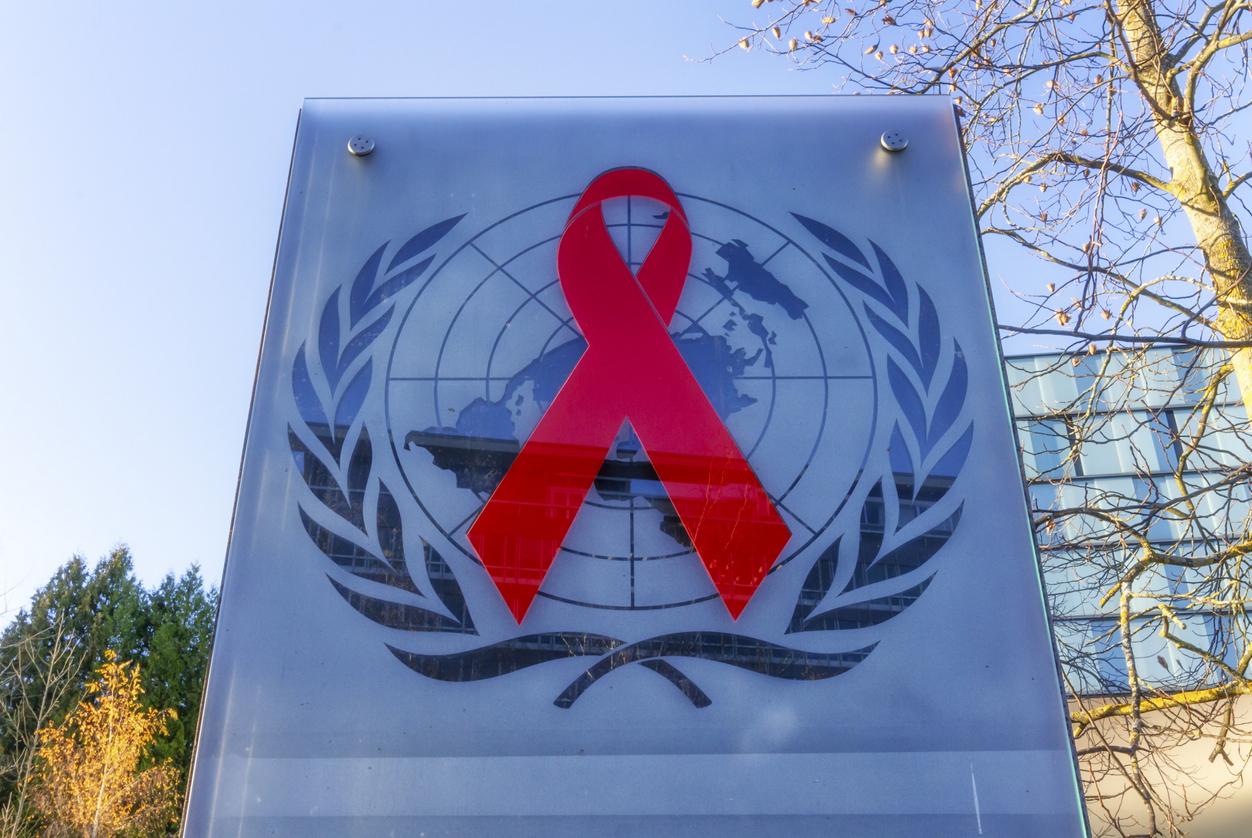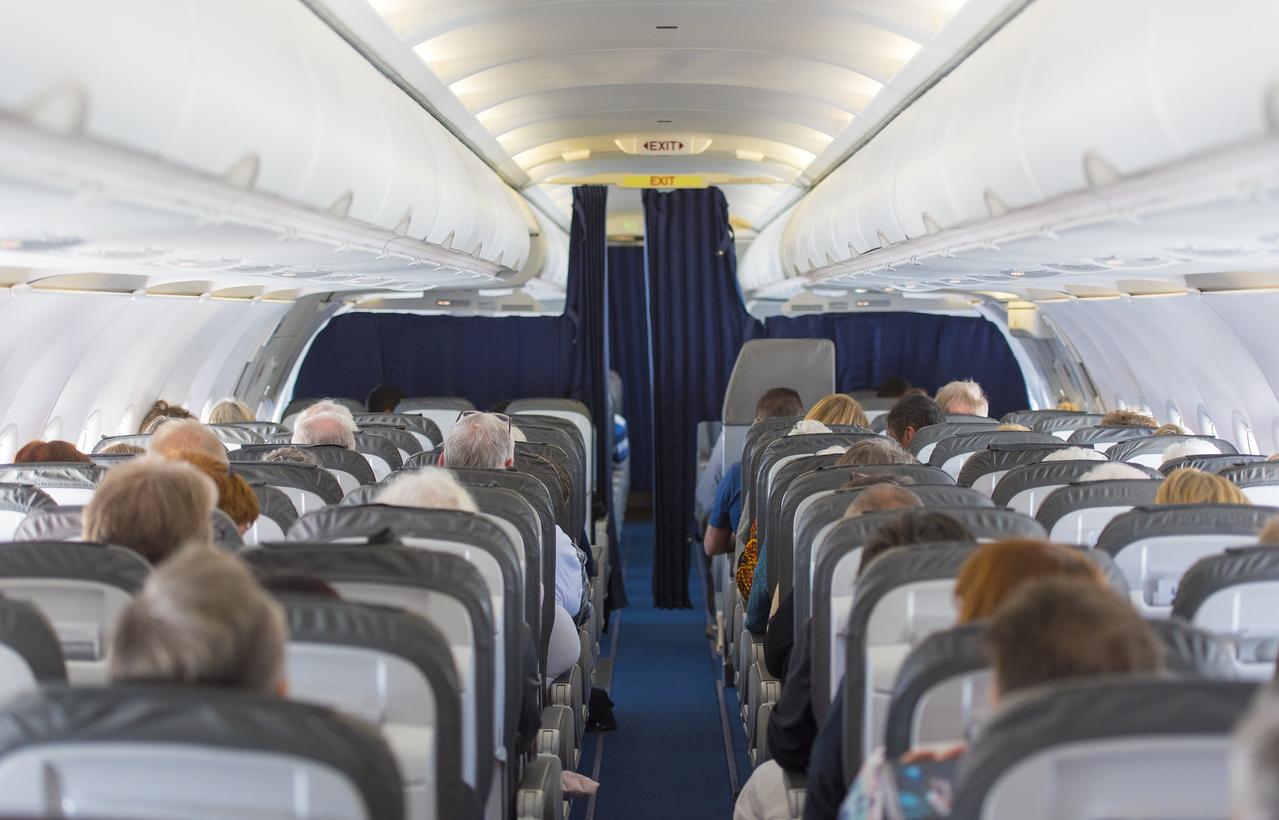The electromagnetic waves are too high on a line 3 route. This is the result of a RATP report unveiled by Le Parisien.

There is tension in the air between the RATP and the company’s health, safety and working conditions committee (CHSCT). In a report that was obtained The Parisian, electromagnetic waves regularly exceed the threshold authorized by the City of Paris.
Eight trips on line 3 of the Paris metro, which runs from Pont-de-Levallois and Gallieni station, served as a benchmark for this study on electromagnetic fields in the underground network. Users and drivers would experience high levels of waves. Ultimately, readings do not exceed 1 volt per meter, a relatively low value. But in the area of the Bourse station (2nd arrondissement), the peaks climb to a record level of 8 volts per meter. It is in this area that we find the largest number of smartphone users.
An already saturated network
If the values are below the national limits, they exceed the ceiling of the Paris mobile telephony charter. Signed by Bouygues Télécom, SFR, Orange and Free, it limits 2G and 3G wave emissions to 5 volts per meter. Paris metro users often complain about poor network coverage. But improving it would mean exposing more drivers and customers on a daily basis.
The effects of exposure to electromagnetic waves are not yet certain. What is, is that the addition of a 3G and 4G network by the end of 2016 in metro lines will increase emission peaks, particularly at peak times. According to the RATP, the waves should not exceed the power “Alara” (As Low As Reasonably Achievable, is as low as reasonably possible) recommended by the Council of Europe. Still, the underground network, which should double within three years, is already saturated: 2,500 relay antennas and transmitters of all kinds (UMTS, 2G, Wi-Fi, police radio, internal frequency, etc.).
.

















